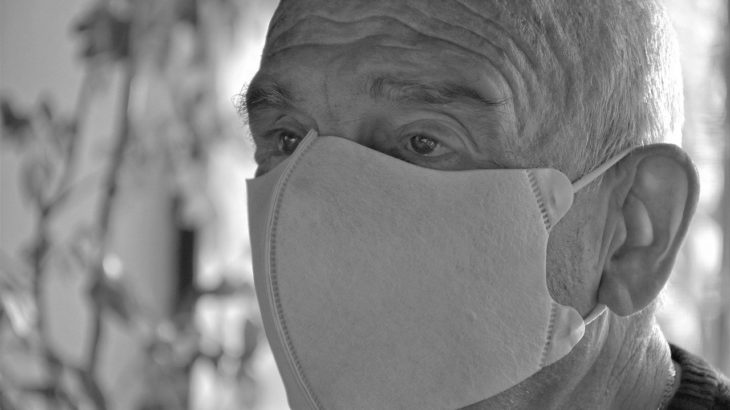COVID-19 has caused a lot of pain and sorrow around the world, but no one is more affected than the elderly. While it is difficult to prevent the transmission of the virus, some precautions can be taken into account to mitigate the risks of visitations. In addition to limiting the number of visitors each person gets and the number of visitations overall, there are a number of ways to make visits safe. Not only is it crucial to prevent transmissions, but it is also imperative to have a plan for when there is an outbreak.
Remote Visits
The only way to fully prevent transmission of the COVID-19 virus is to do remote visits. If possible, this is a great way to limit in-person visits while providing the patient a way to speak to their loved ones. While it doesn’t replace person-to-person contact, it prevents infections. It doesn’t have to be all or nothing. Care homes can require that every other visit from close family members be remote. This is a great way to limit the number of in-person visits and keep the people inside the care home safe.
Visitation Measures
Still remote visits don’t replace in-person visitation, and many patients will want someone to come see them. Luckily there are a lot of ways to make in-person visits safe. First, you can require testing to visit the care home. Screening visitors is a great way to prevent infections. Other than testing, outdoor visits are really helpful to mitigate transmissions. Direct sunlight kills the virus and the outdoors provide extra room for physical-distancing. Beyond outdoor visits, some care homes are creating temporary environments sometimes called visitation pods.
Beyond the setting, masks are key to preventing COVID-19 transmissions. Every care home should require masks. They can even require PPE masks that decrease infection rates. Furthermore, care homes can tailor each visitation arrangement to the specific person. Some patients with dementia or other cognitive illnesses may not be able to leave their room. If they are at the end of their life, personnel can speak to the family about what should be done. There are varying levels to visiting care homes during COVID-19, but the caution that the facility takes will directly mitigate infections.
Care Home Environment
Even after visitors have left, it is important to take precautions when it comes to the patients. If the person doesn’t have symptoms yet, they can still transmit the virus. It is integral to keep the people who live in the care home distanced from each other whenever possible. While it’s not always possible to keep them away from one another, it’s crucial to stay aware of physical-distancing. Furthermore, personnel who work at the care home should always wear masks and do their best to distance themselves from patients.
What to Do Should Someone Get Infected
According to McGinley Solicitors, which is known for personal injury claims in Ireland, not only does there need to be a plan when it comes to visitations, there should also be clear action when someone gets infected. If someone gets the virus, they need to be measured in place to quarantine individuals and utilize masks. There should be a place where these people can be separated from the others when they are showing any symptoms or have been in contact with someone who has had the virus. Care homes can use rapid antigen testing if a resident has been exposed. It is crucial that every care home make a concerted effort and overall plan to mitigate the spread of the virus with visitors and when someone who lives in the house has been infected.
The best way to prevent COVID-19 transmissions is to limit visitations. But elderly people often need to see their loved ones keep the will and ability to keep living. Visits are necessary, but there needs to be caution and a versatile plan that mitigates the risk of transmission. The older the person it is, the more likely the COVID-19 virus can lead to hospitalization and death. It is our duty to keep our elders safe, and the best way to do that is to limit visitations and keep them safe with the necessary measures to prevent the transmission of COVID-19.








